Charmed and lulled after this wade through a peek at spring, we mulled around at intermission and I soon found myself with my companion who had just scored us unused box seats. So I was really “In the Middle, Somewhat Elevated” for Forsythe’s piece I felt lucky to see it that close-up. It’s one of the most difficult works in the company’s repertoire and one of two magnum opuses on this series.
Rudolf Nureyev commissioned the work in 1987 for the Paris Opéra Ballet, with Sylvie Guillem dancing its premiere. It prevails as a lynchpin between story, lyrical and abstract ballets and Forsythe-influenced contemporary ballets that followed. Former Forsythe dancer, choreographer Jodie Gates, set “In the Middle” on Philadelphia Ballet back in 2010.
Like Cunningham with Cage, Forsythe has almost always worked with Willems’ electronic scores, and also gives his dancers some leeway to make their own choices. This cast danced indefatigably, stabbing their toes to the floor to Willems’ earplug worthy industrial score that caromed around the Academy’s nicely filled balconies. I last saw this six or seven years ago on then Pennsylvania Ballet. Corella has whipped this cast into a well-oiled machine. I saw a matinee with principals Yuka Iseda and Zecheng Liang, doloist Pau Pujol, Dolan, demi-soloist Gabriela Mesa, corps dancers, Yuval Cohen, Erin Patterson, Sophie Savas-Carstens, and Julia Vinez, and apprentice Jorge Garcia Alonso, who each attacked their sections with undaunted ferocity. All wore tops and tights in vivid shades of sea-green and black, the men in white socks and the women in white pointe shoes as designed by Forsythe.
The push and pull of the cantilevered pairings often reminded me of contact-improv with everyone dangerously unhinged at times. But just as an ingeniously designed machine, they were instantly pulled upright to vertical lifts and six o’clock extensions. The rapidly changing stop-motion moves were like pages in animated filmmaking, or, like the precursor to film, chronophotography, where subjects in separate poses were photographed in sequences. The core combination of steps repeated i endless variations. Yet this was neither factory nor film set. Originally set in an imaginary boxing ring with an upside-down mic dangling above the dancers for the ring announcer to bring down between rounds, not a punch was thrown. But it did seem a brigade of dancers fiercely challenging one another for the future of ballet. The work easily moves from last century to this. The “Ballet Mécanique” of our time, it goes beyond DADA.



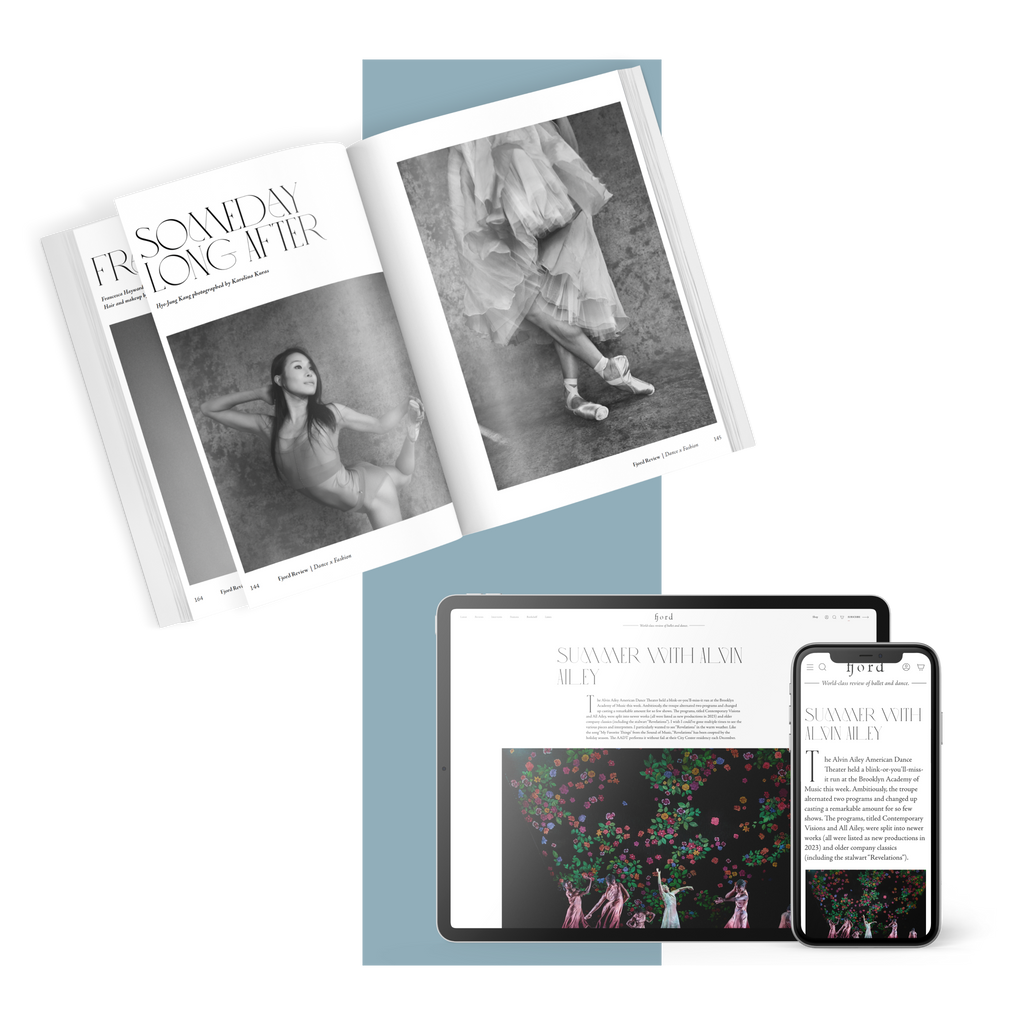
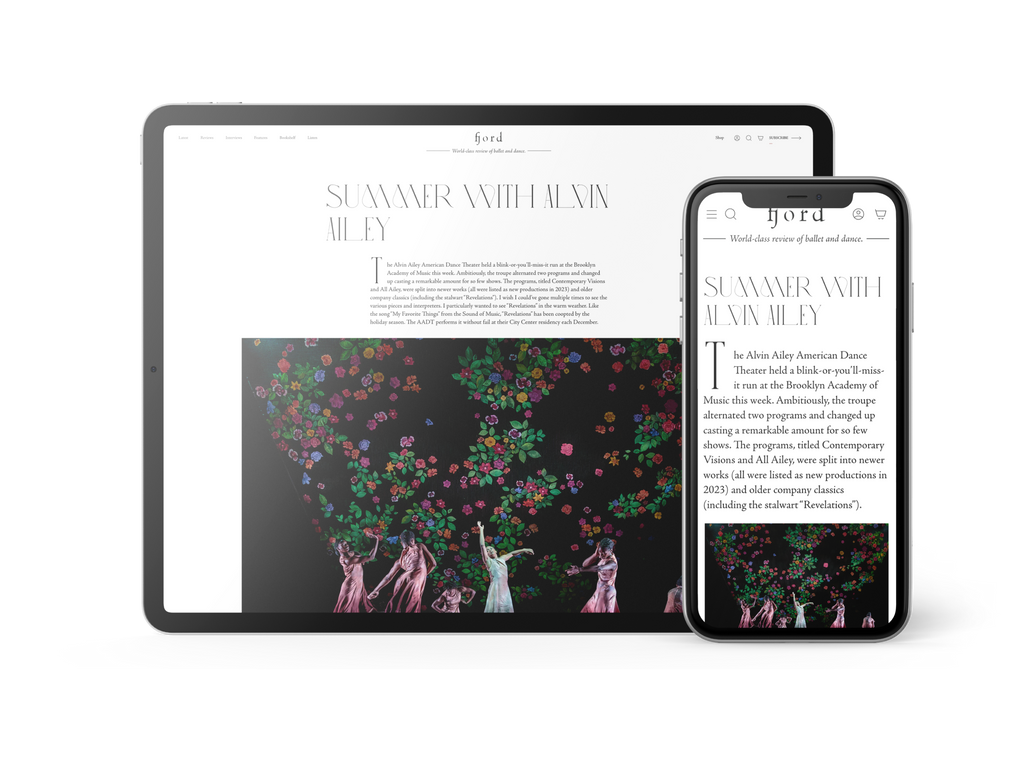
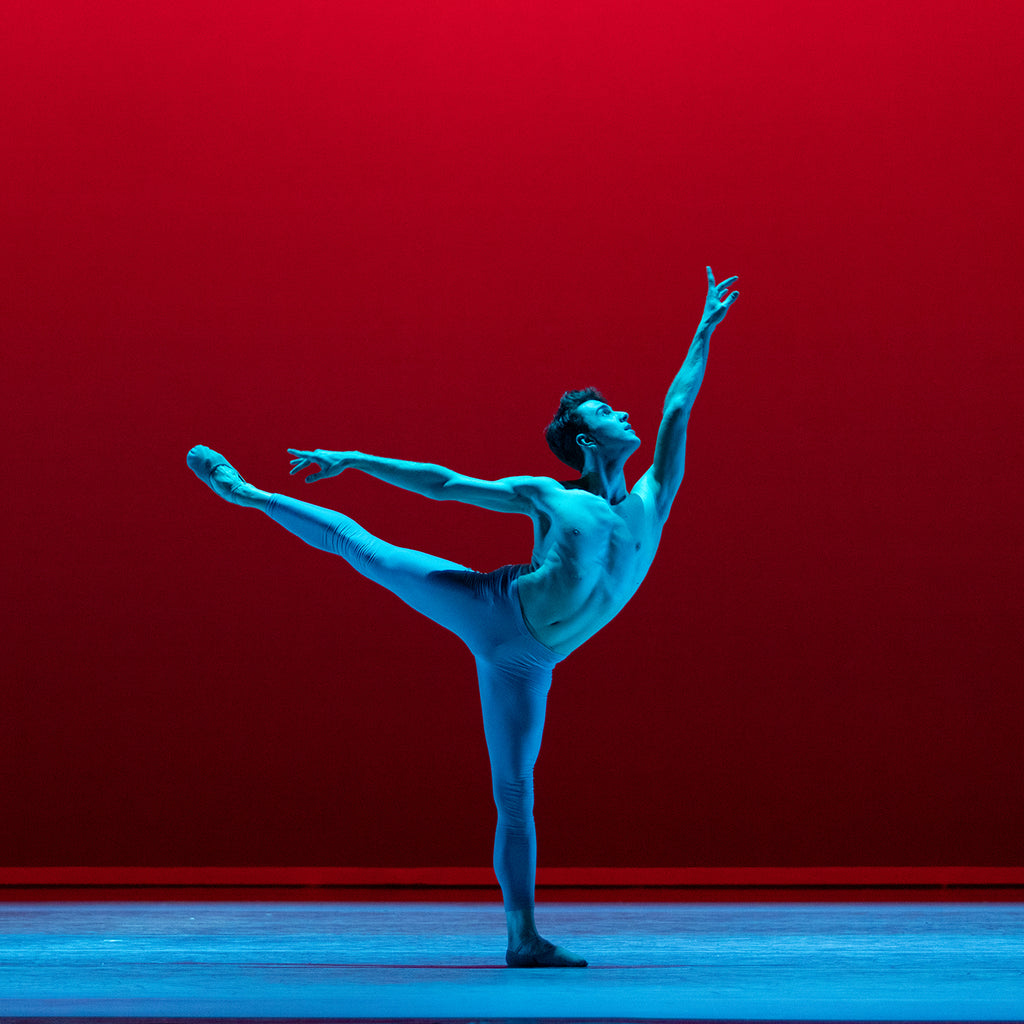
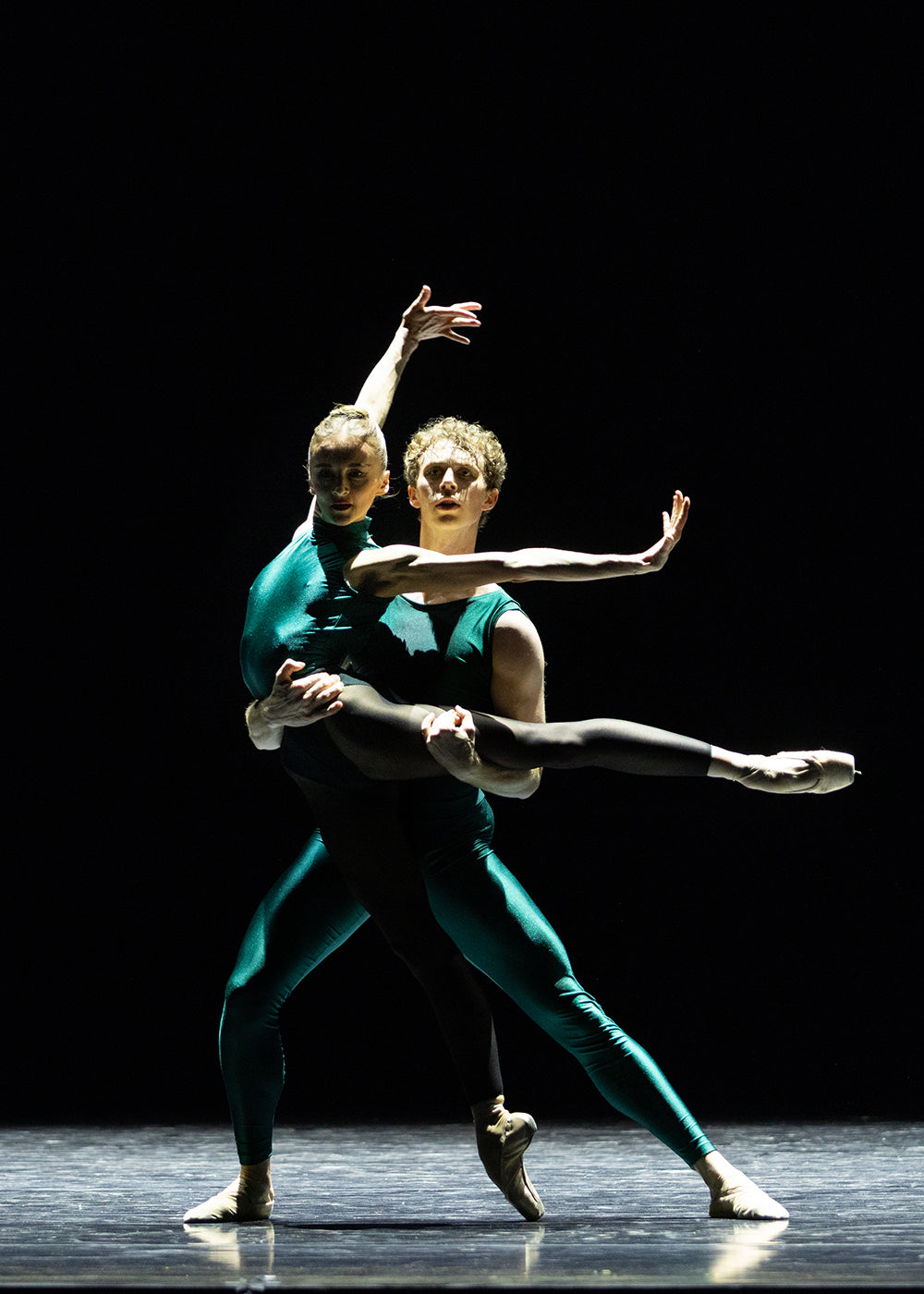
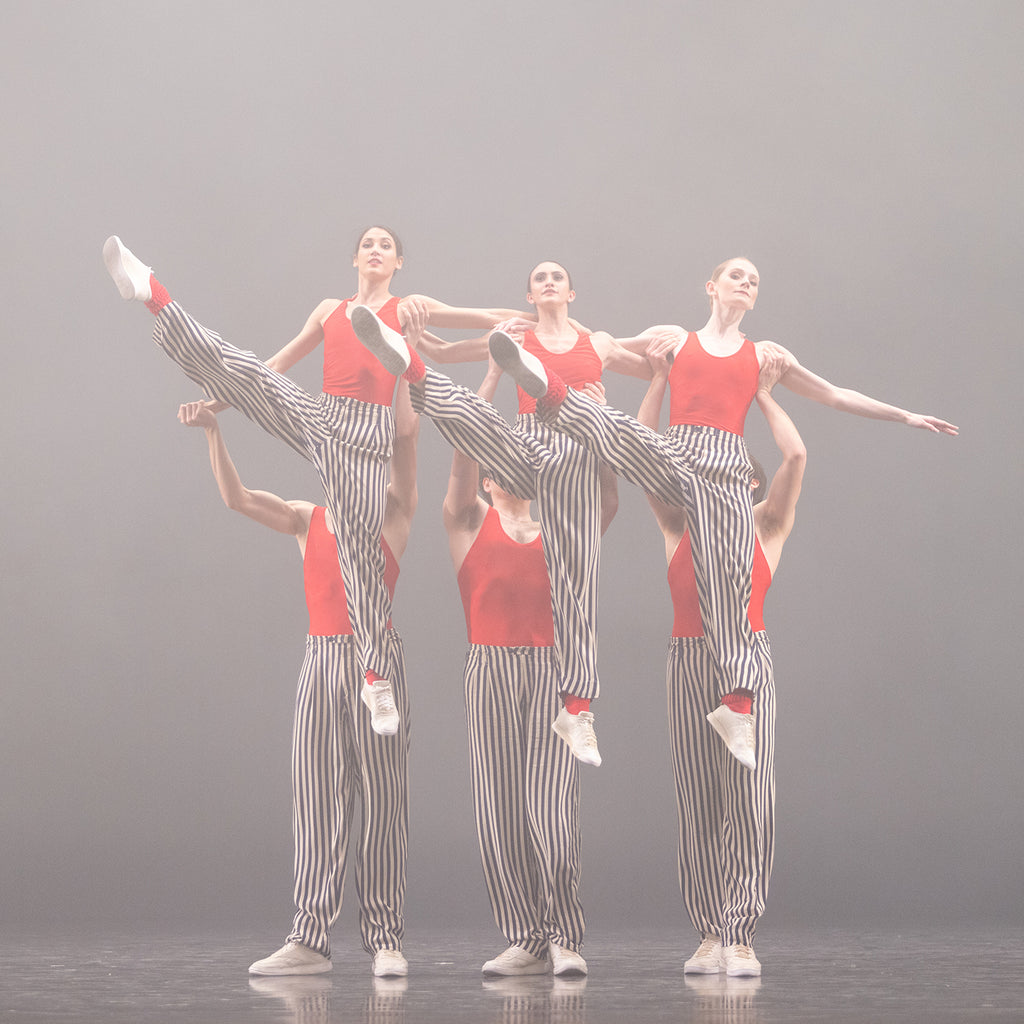
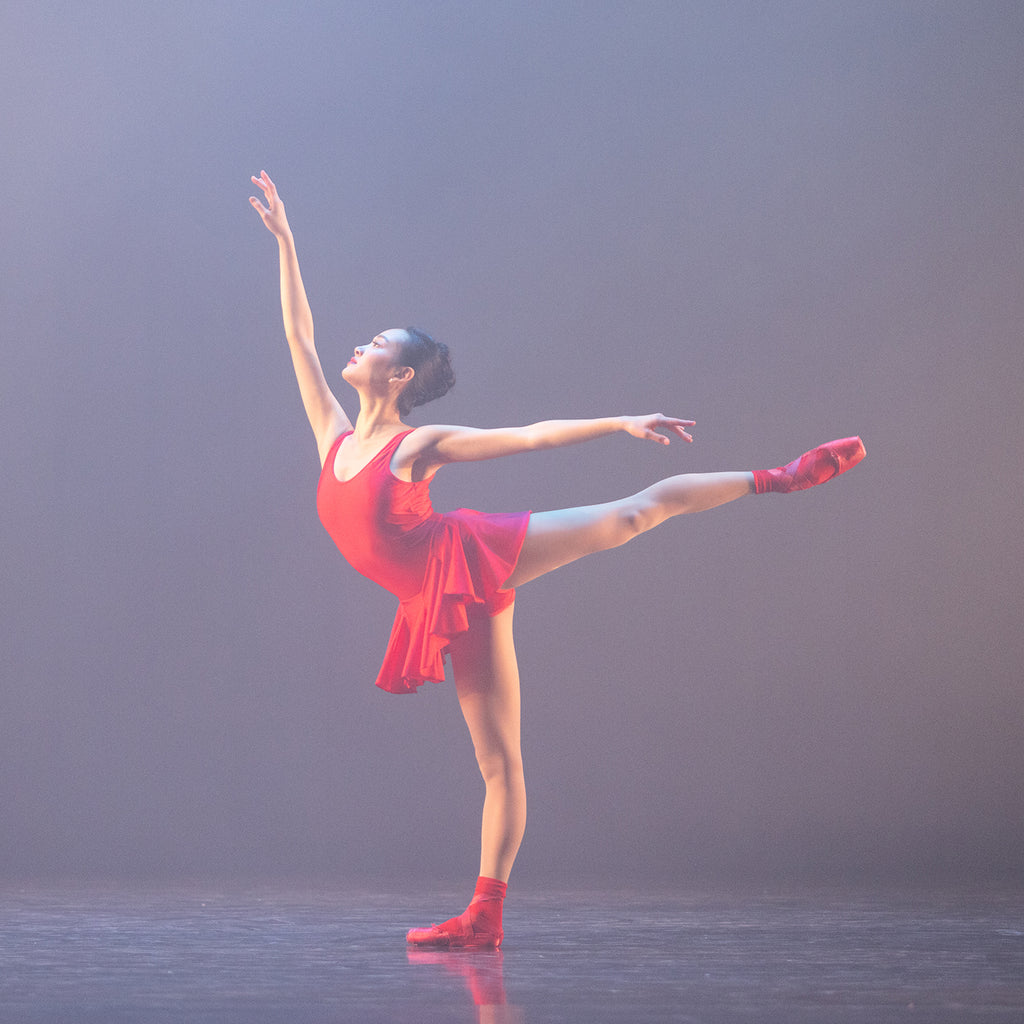




comments